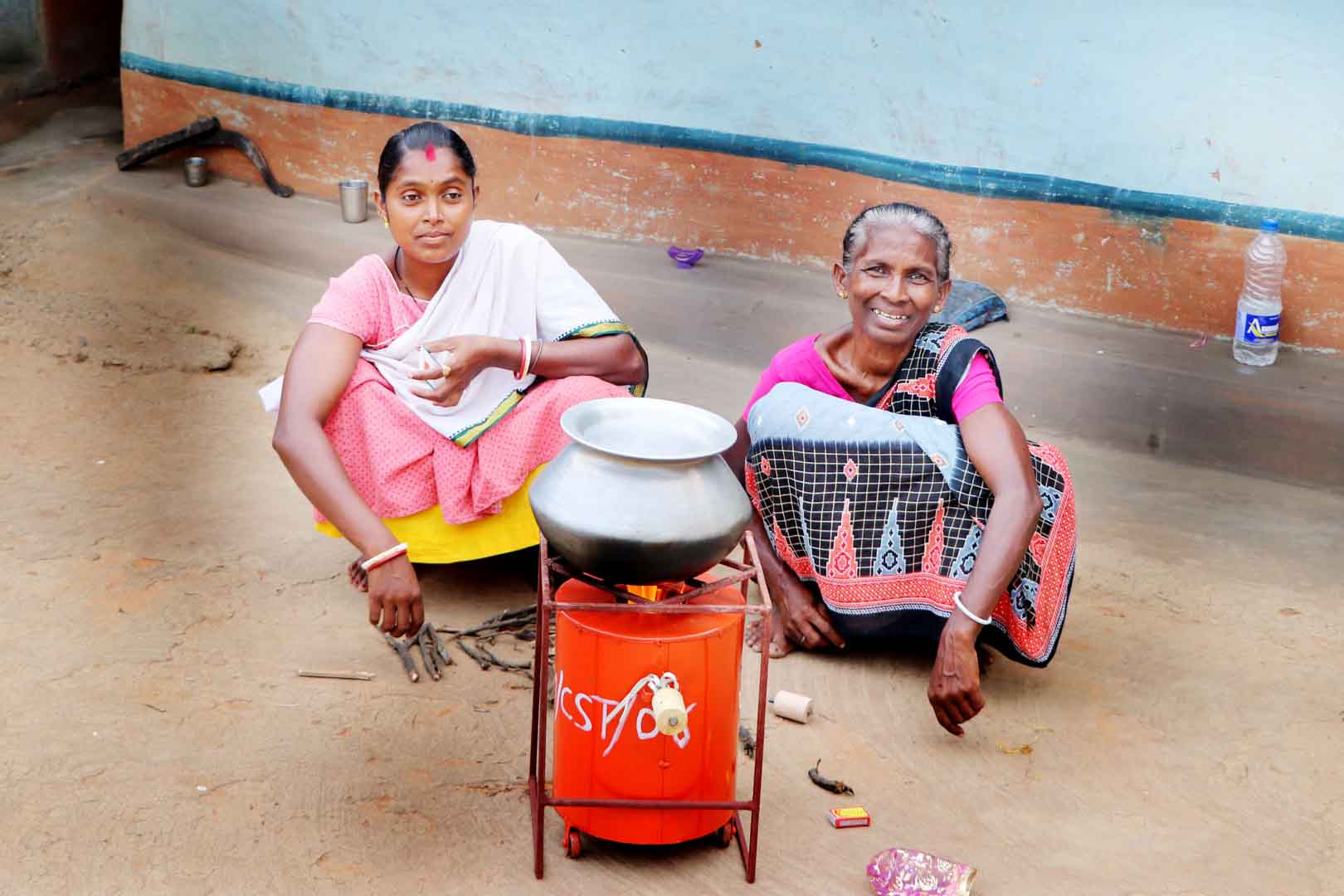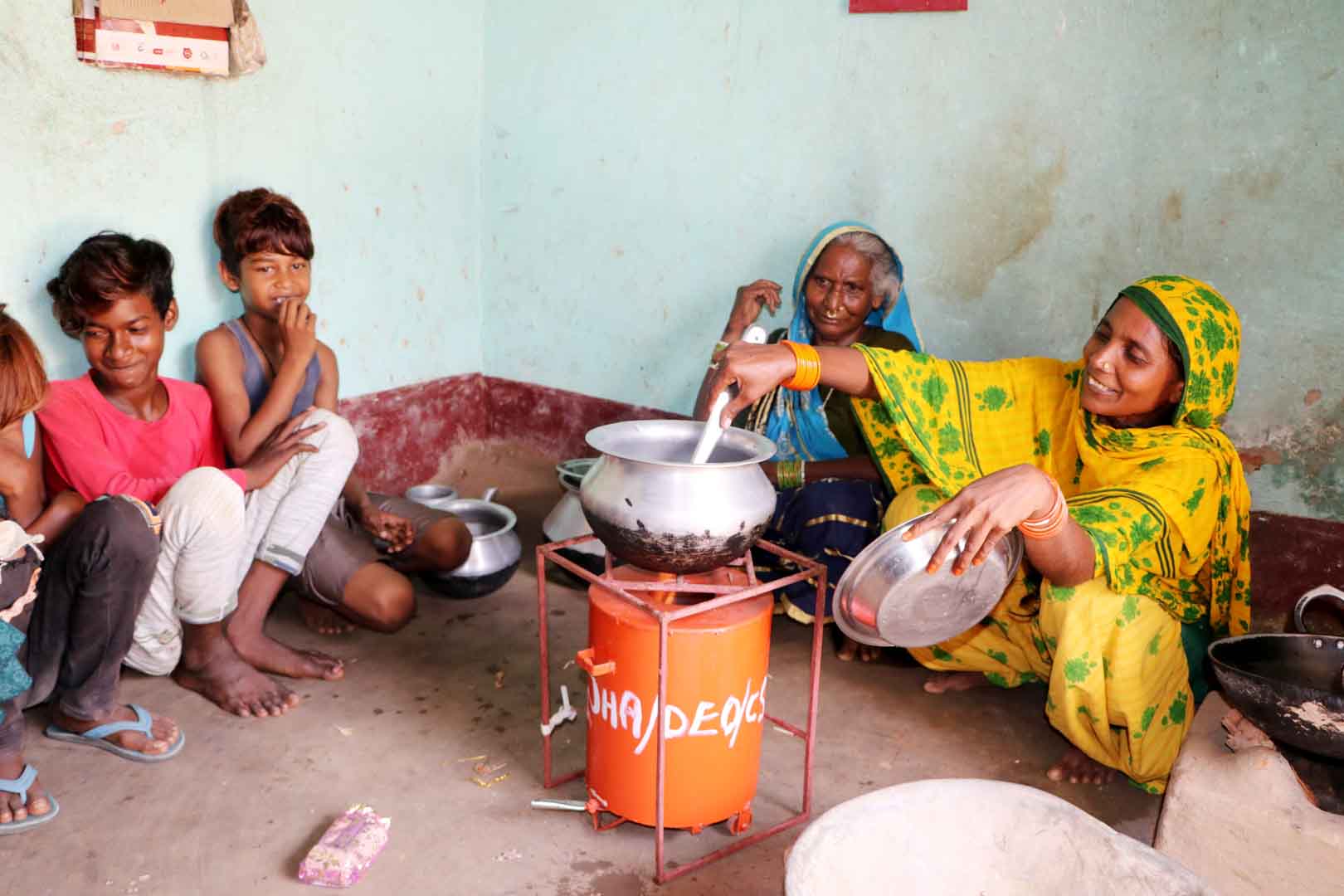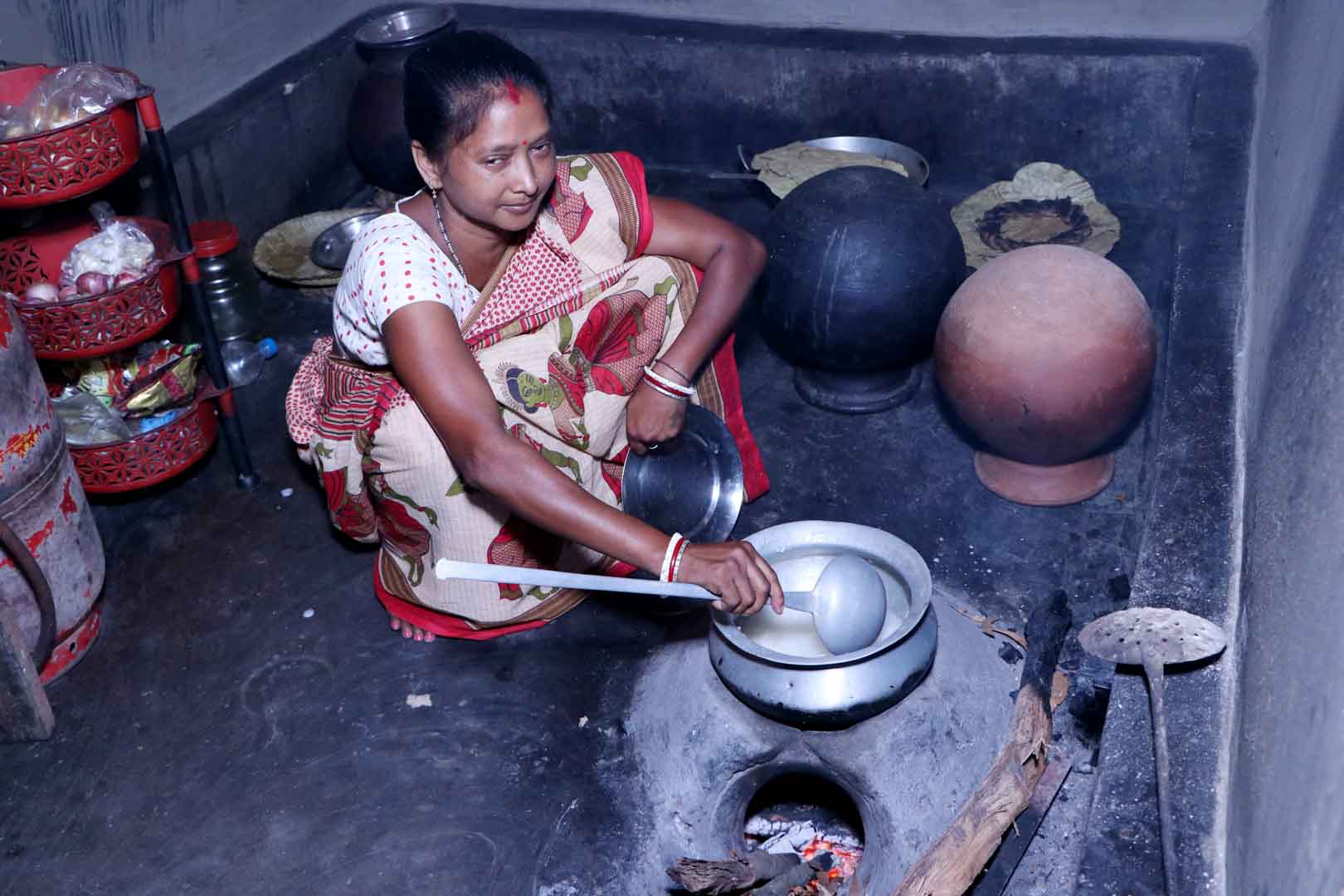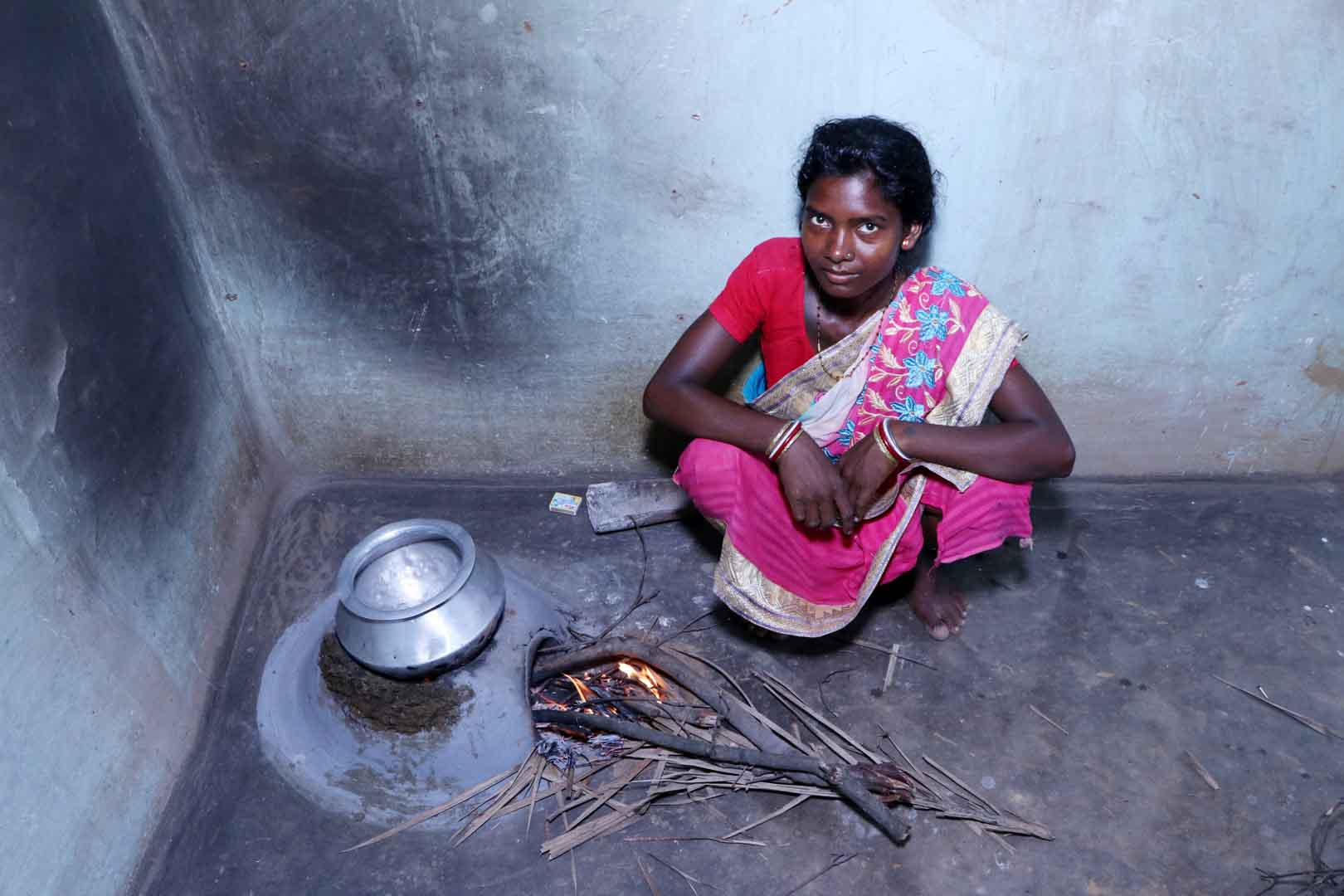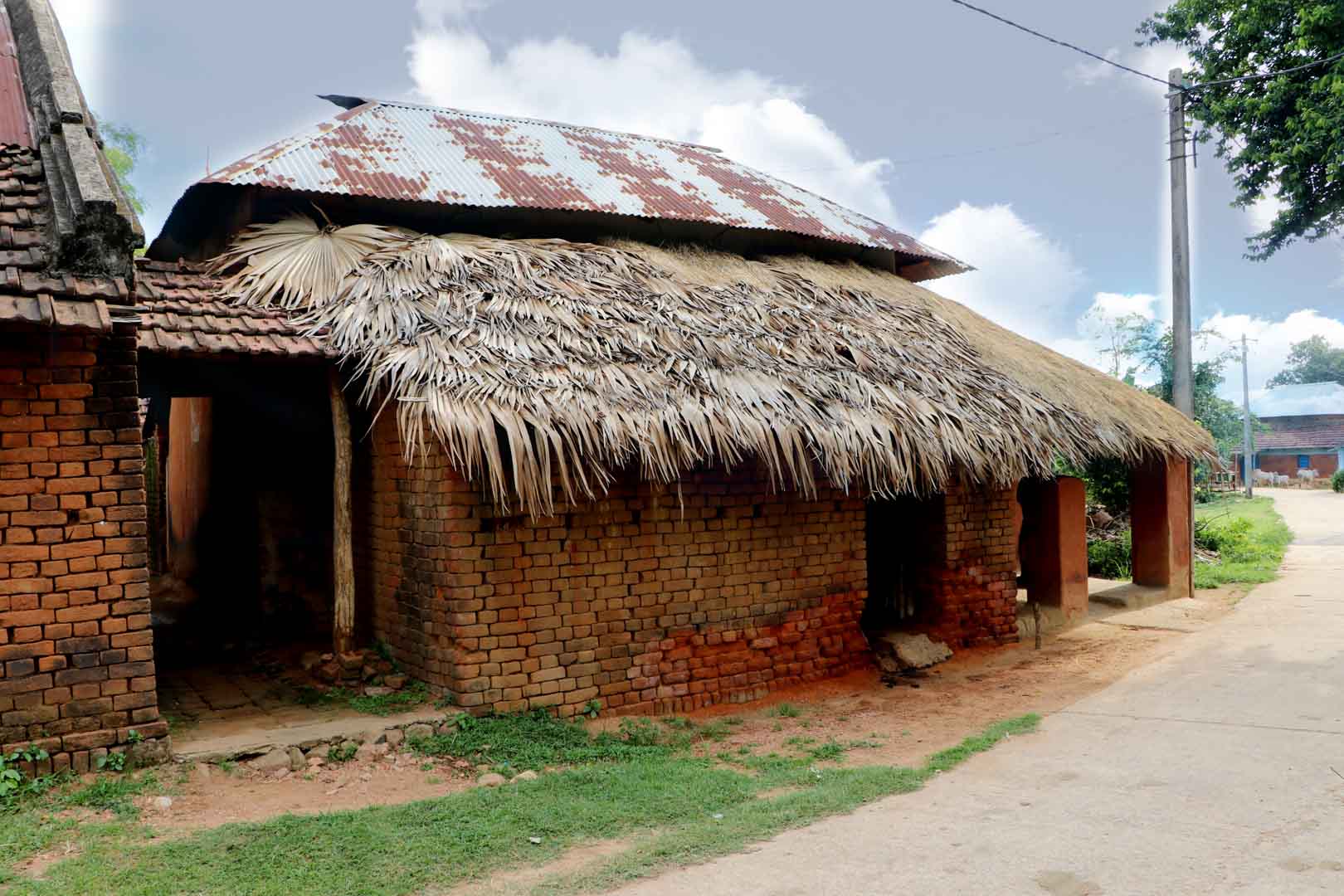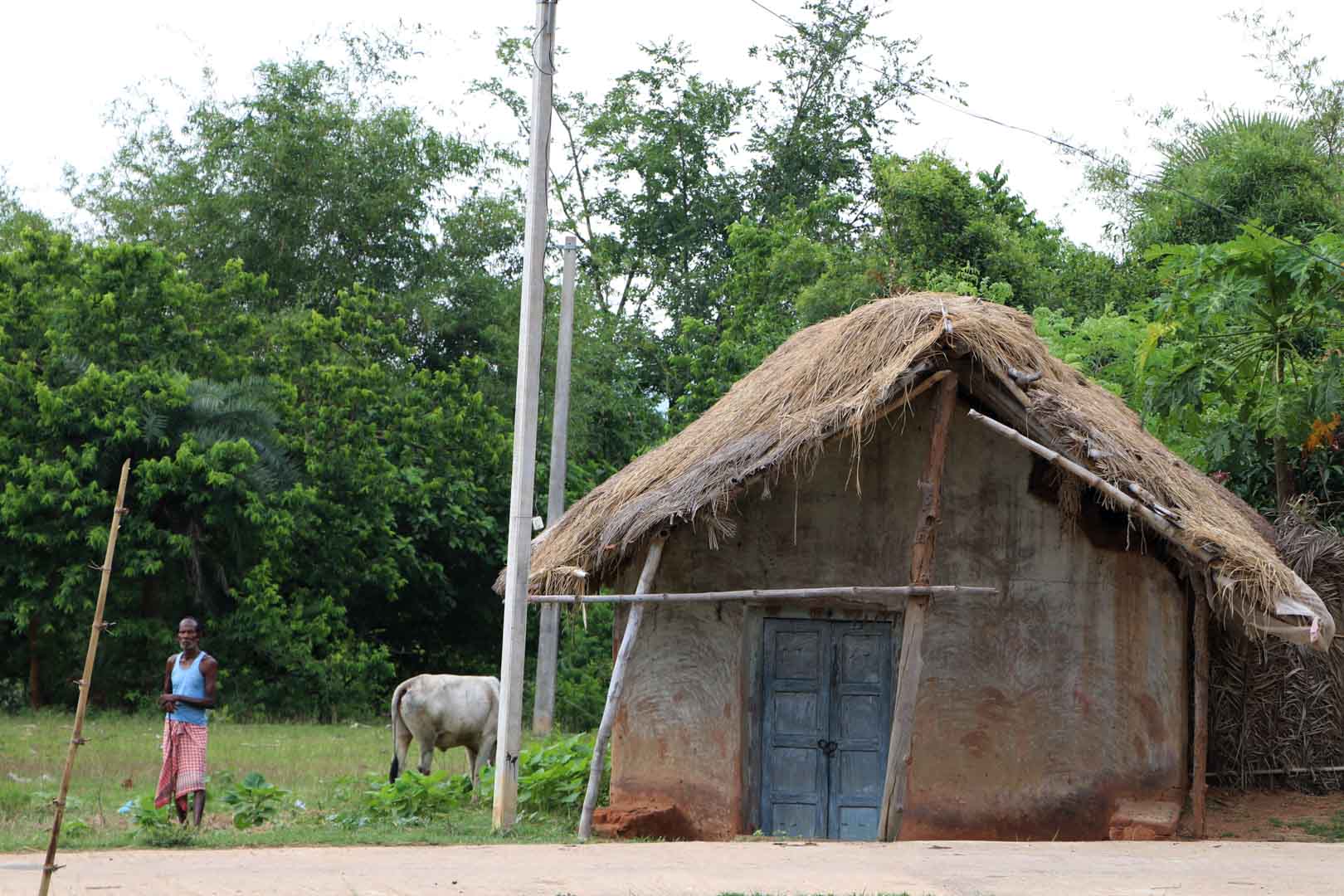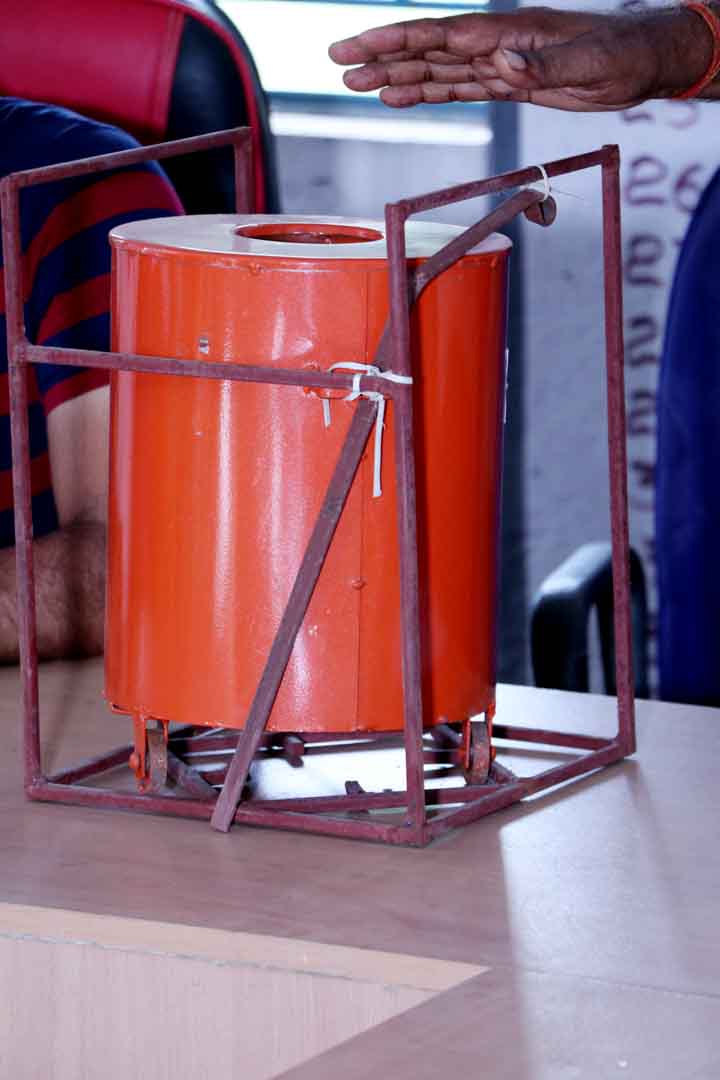Access to clean technology for households in India
In India, the majority of the rural population uses wood as an energy source for cooking. However, wood fires are very inefficient and thus release large amounts of CO2 emissions. This climate project targets people in India nationwide who cannot afford improved cookstoves. The goal of the project is to distribute 10,000 of these stoves free of charge, saving approximately 201,800 tonnes of CO2 per year.
In addition to avoiding emissions, the project brings other benefits to participating households. For example, indoor air pollution is significantly reduced and women in particular need less time to cook and collect wood thanks to the high efficiency of the stoves. The project also contributes to sustainable development in India by reducing the rate of deforestation in the project area.
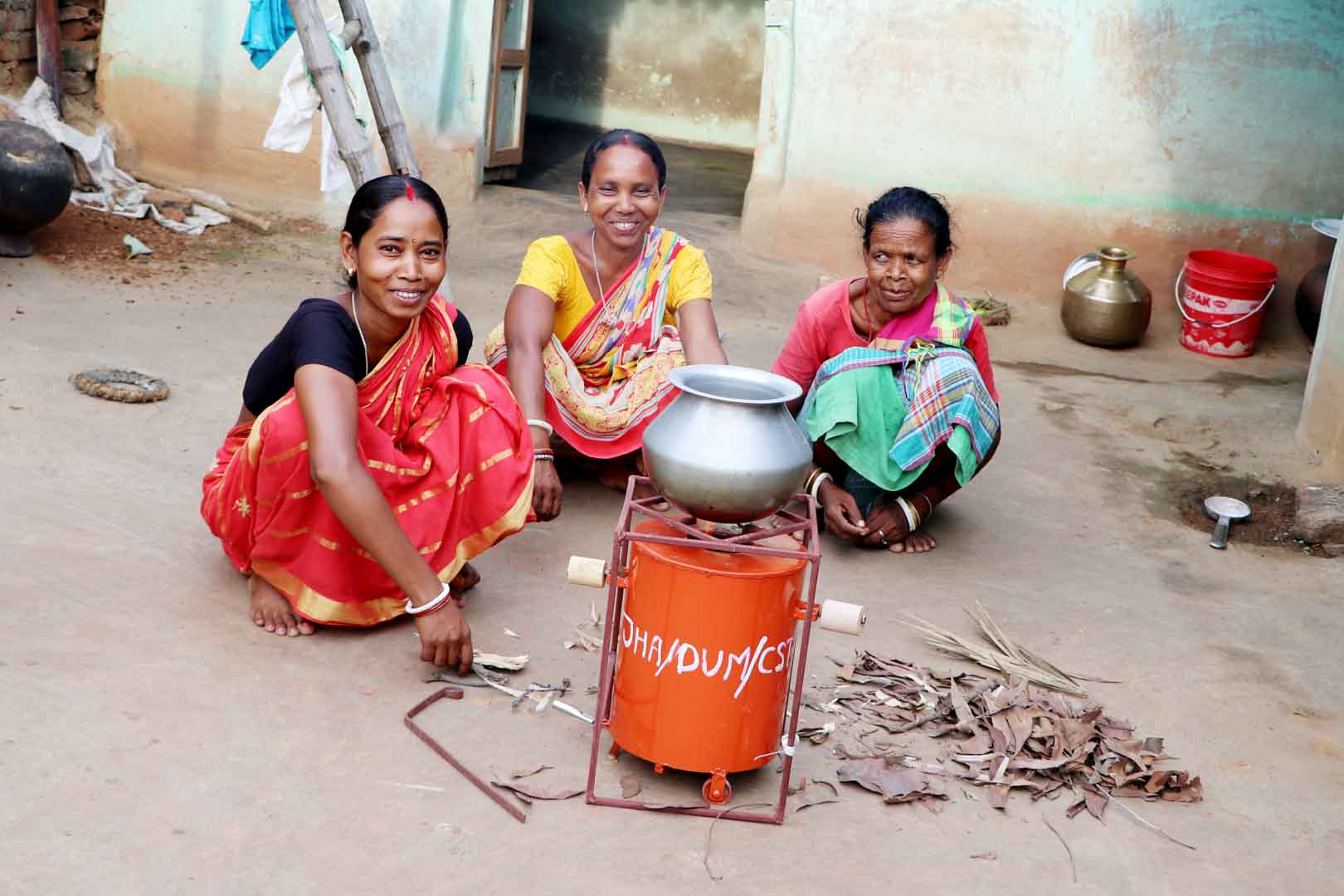
According to a statistic from the World Health Organization (WHO, 2024) around a third of the global population still relies on unsafe and environmentally harmful cooking methods. This includes, for example, cooking over open fires or using polluting cooking fuels, such as coal or kerosene. Improved cookstoves tackle this problem by using thermal energy more efficiently.
Depending on the model, an improved cookstove can reduce fuel consumption by up to 70 percent, which significantly saves CO2 emissions and can lower the pressure on local forests as less firewood needs to be harvested.
Improved cookstove projects allow the distribution of the - often simple - devices made from metal or clay to households, small enterprises or community facilities. Especially for households, this has an impact beyond the CO2 reduction: better indoor air quality decreases respiratory diseases and families can save time and money as less fuel is needed. Improved cookstoves projects in the ClimatePartner portfolio are registered with international standards.
Explore our projects
Biochar for Climate Action, Healthy Soils, and Better Harvests
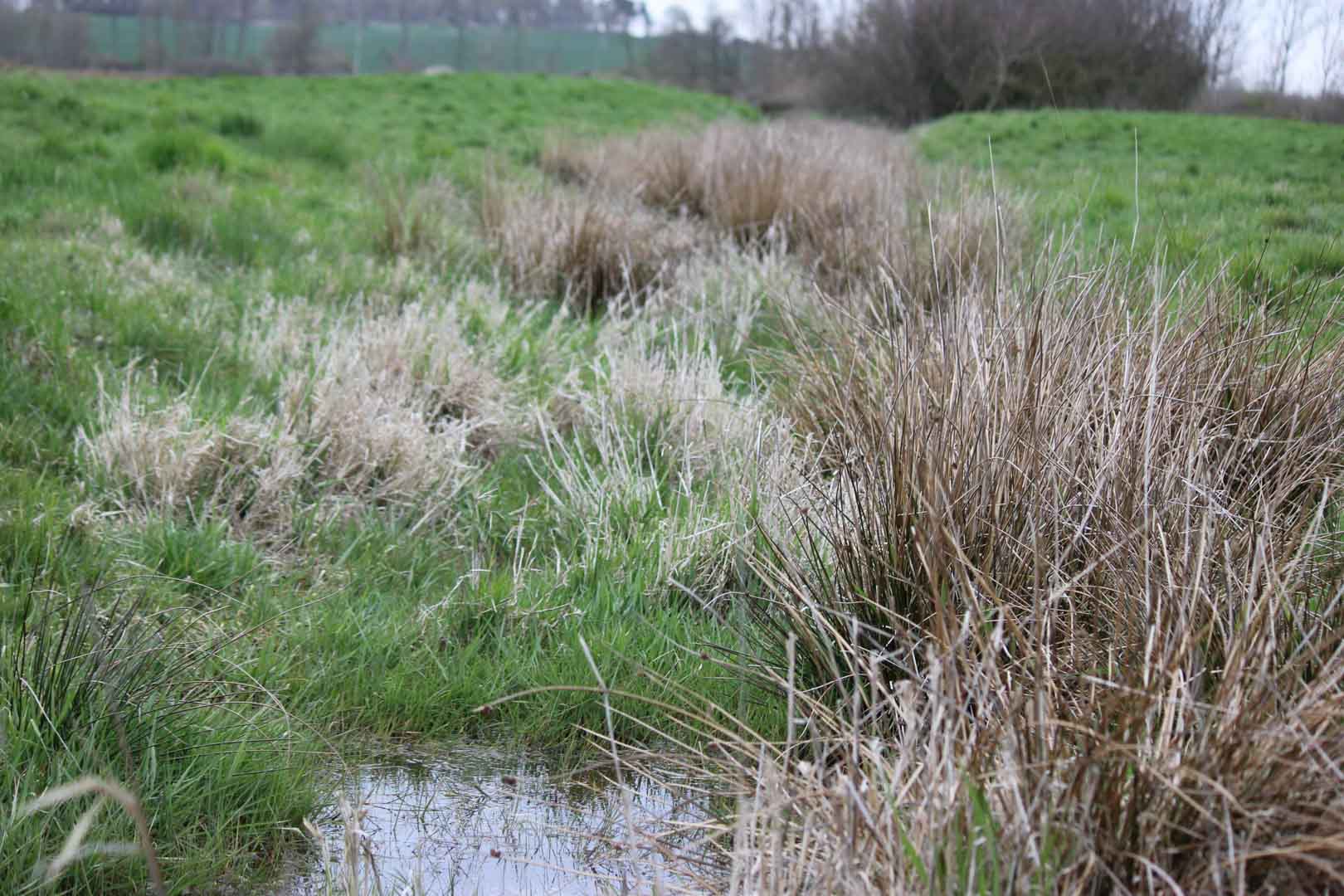
A certified climate project combined with additional commitment

Expansion of renewable energy generation in Asia
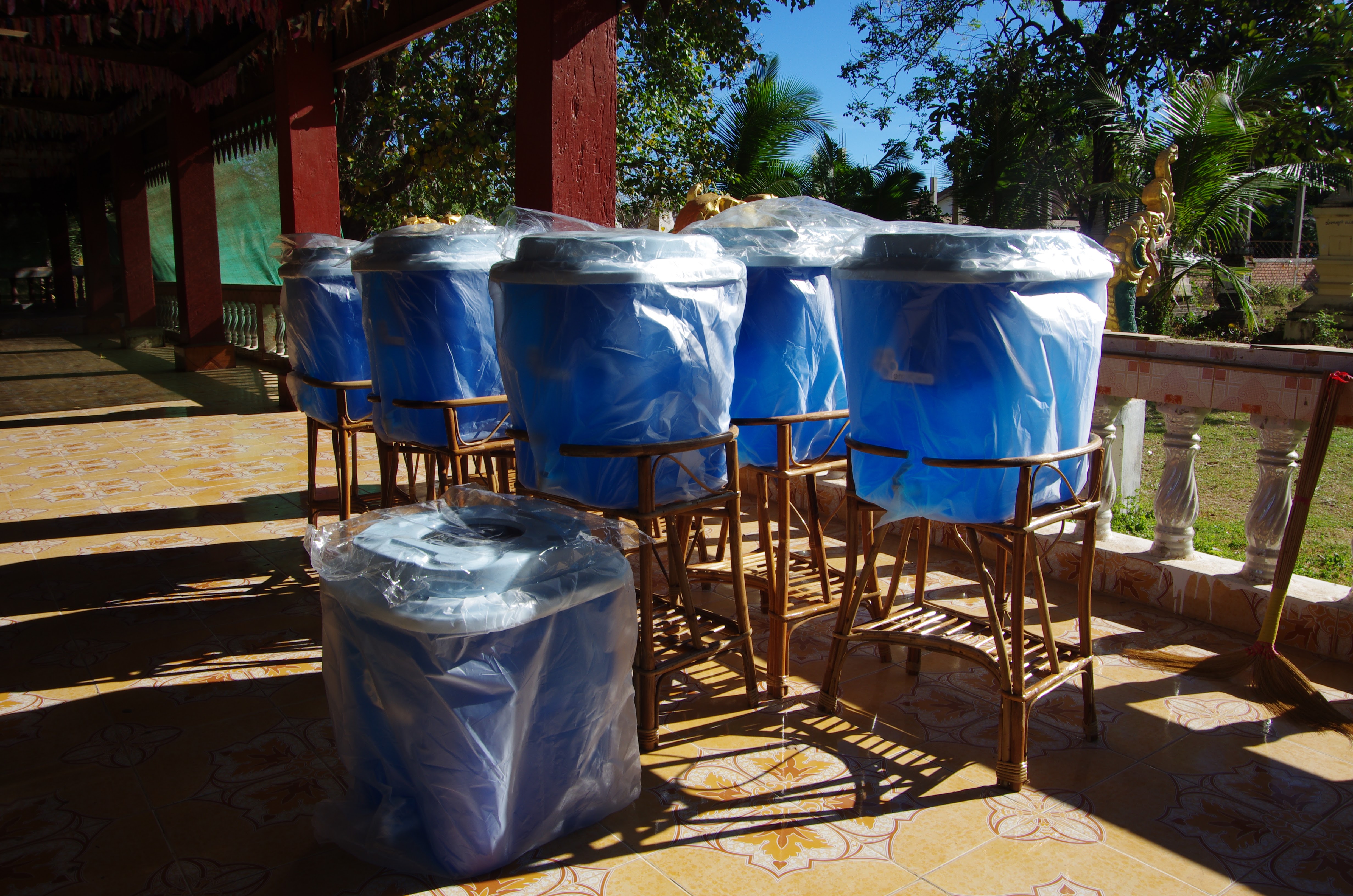
Ceramic water filters save CO2 and improve health

Improved cookstoves worldwide – for better health and cleaner air

A certified climate project combined with additional commitment
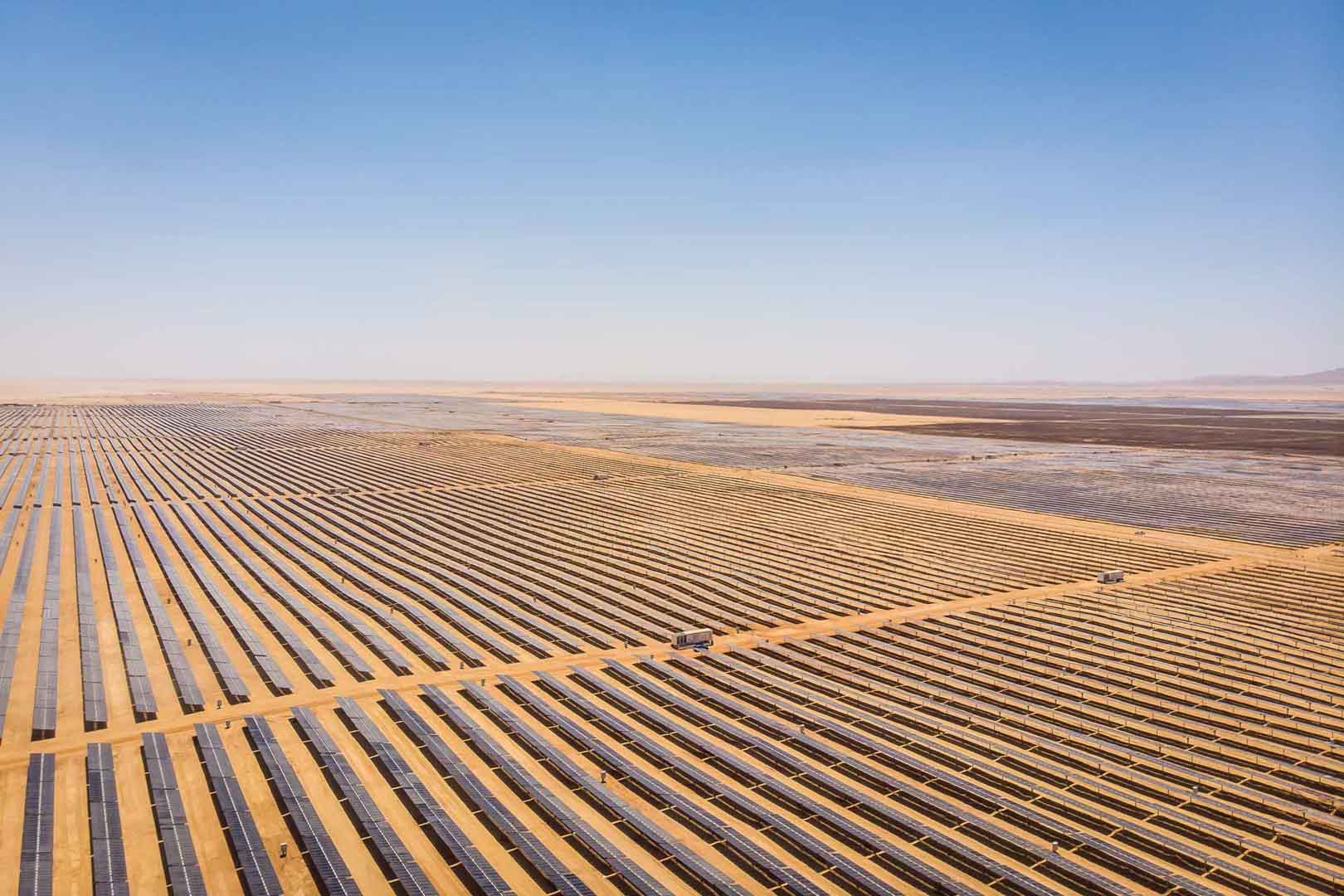
Powering access to renewable energy in Africa

A certified climate project combined with additional commitment

Restored ecosystems remove carbon
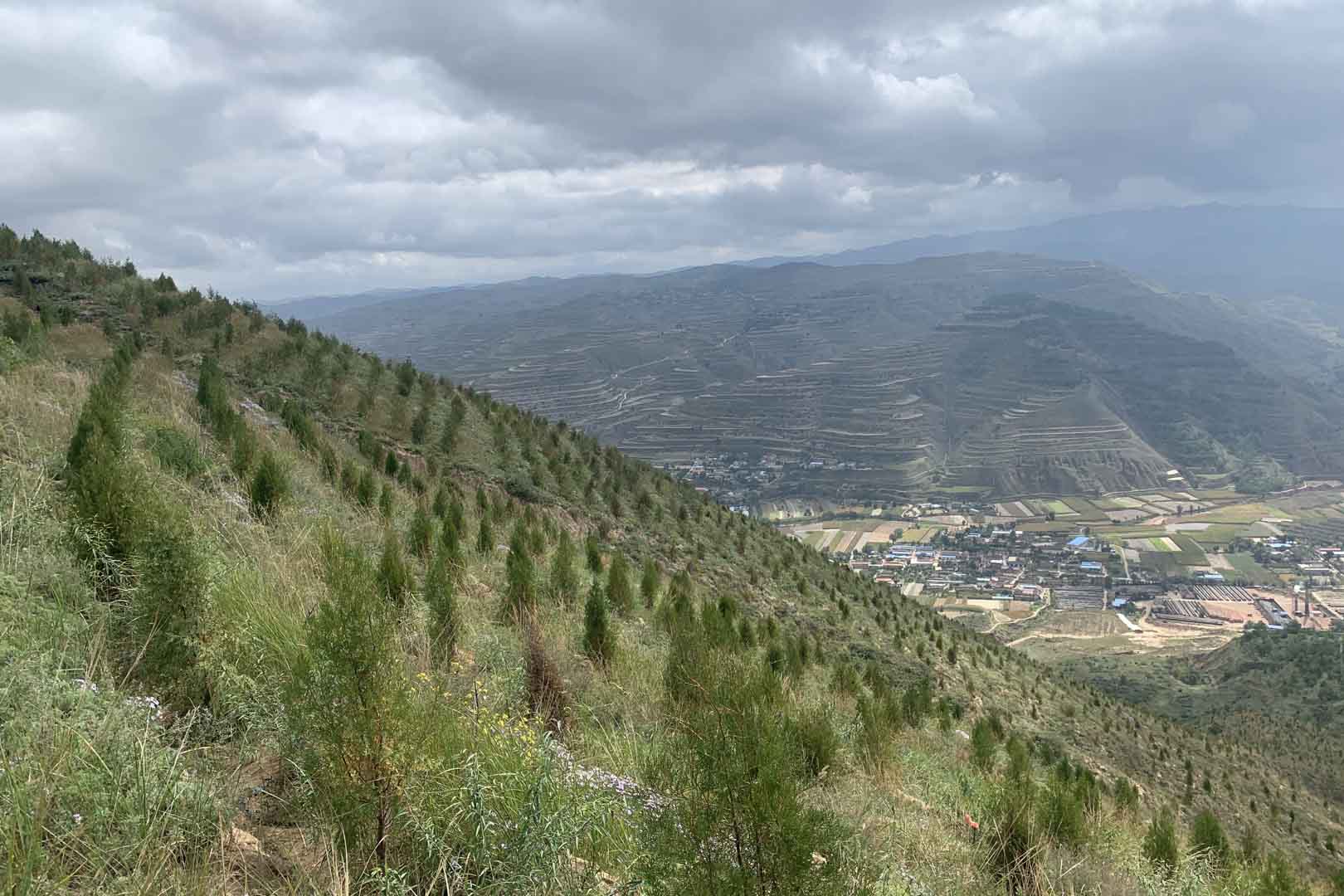
Turning degraded farmlands into healthy ecosystems

Improved cookstoves - better for health and the environment
